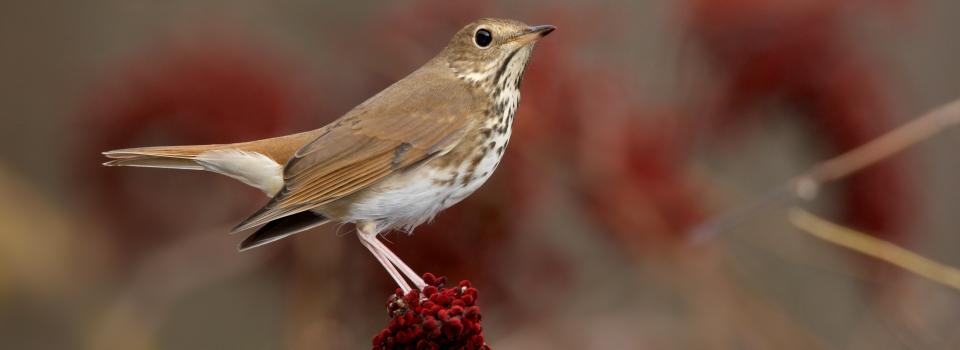
Hermit Thrush
Photo by: Robert Royse
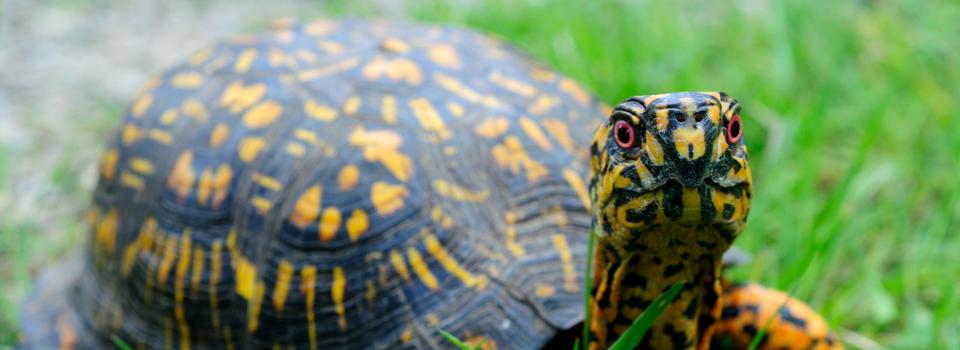
Box Turtle
Photo by: Jonathan Mays
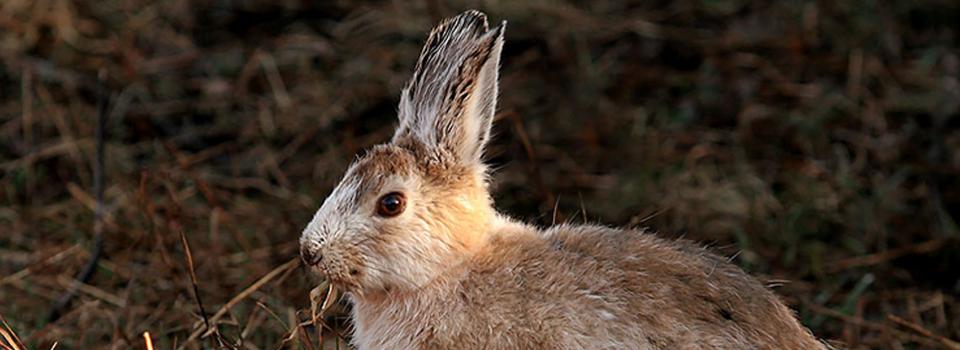
Snowshoe Hare
Photo by: Mike Hodgson
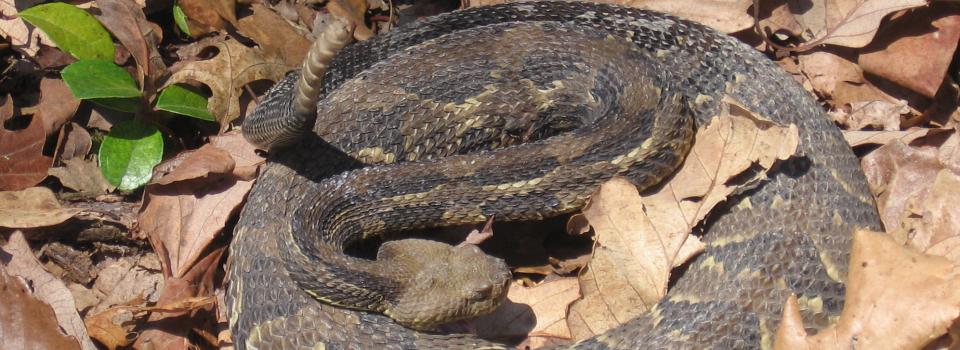
Timber Rattlesnake
Photo by: Kelly Wiley
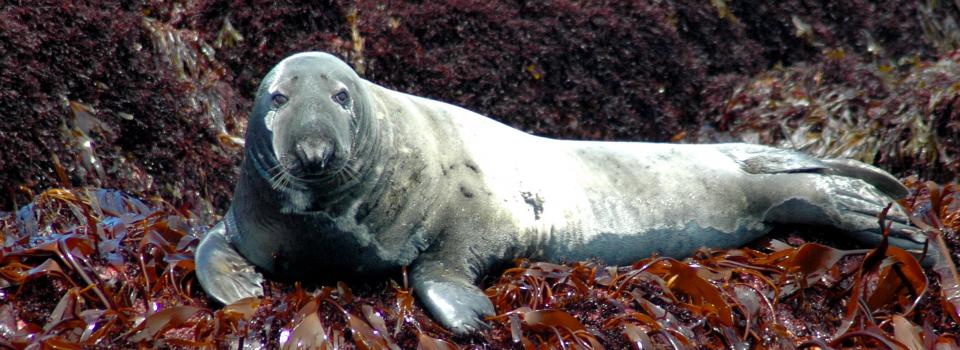
Gray Seal
Photo by: Jonathan Mays
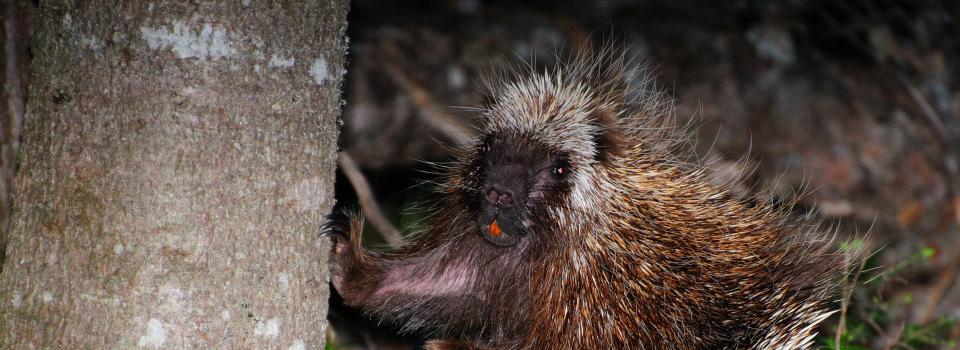







Hibernating bats in the NE USA have experienced sudden and dramatic declines over the past three winters due to an emerging infectious disease dubbed “White Nose Syndrome” (WNS). As of January, 2012, new estimates of the number of bats that have died thus far range from 5.7 to 7.7 million, and the causative agent is now known to be the cold-loving fungus Geomyces destructans (Gd). This proposal aims to address these declines by developing and implementing methodologies to combat WNS, which was specifically referenced in the call for proposals. Specific goals include: (1) testing potential treatments for efficacy against cultured Gd (the fungal pathogen associated with WNS) under laboratory conditions, (2) testing potential treatments for safety in healthy bats, and (3) testing potential treatments for efficacy against Gd in hibernating bats.
UPDATE (June 2015)
This project is closed, the final report is below.
Name: DeeAnn Reeder
Title: Assistant Professor of Biology
Organization: Bucknell University
Email: dreeder@bucknell.edu
Address: 701 Moore Avenue, Lewisburg, PA 17837
Phone: 570-577-1208
Fax: 570-577-3537
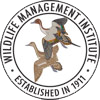
© 2020 A Wildlife Management Institute Project